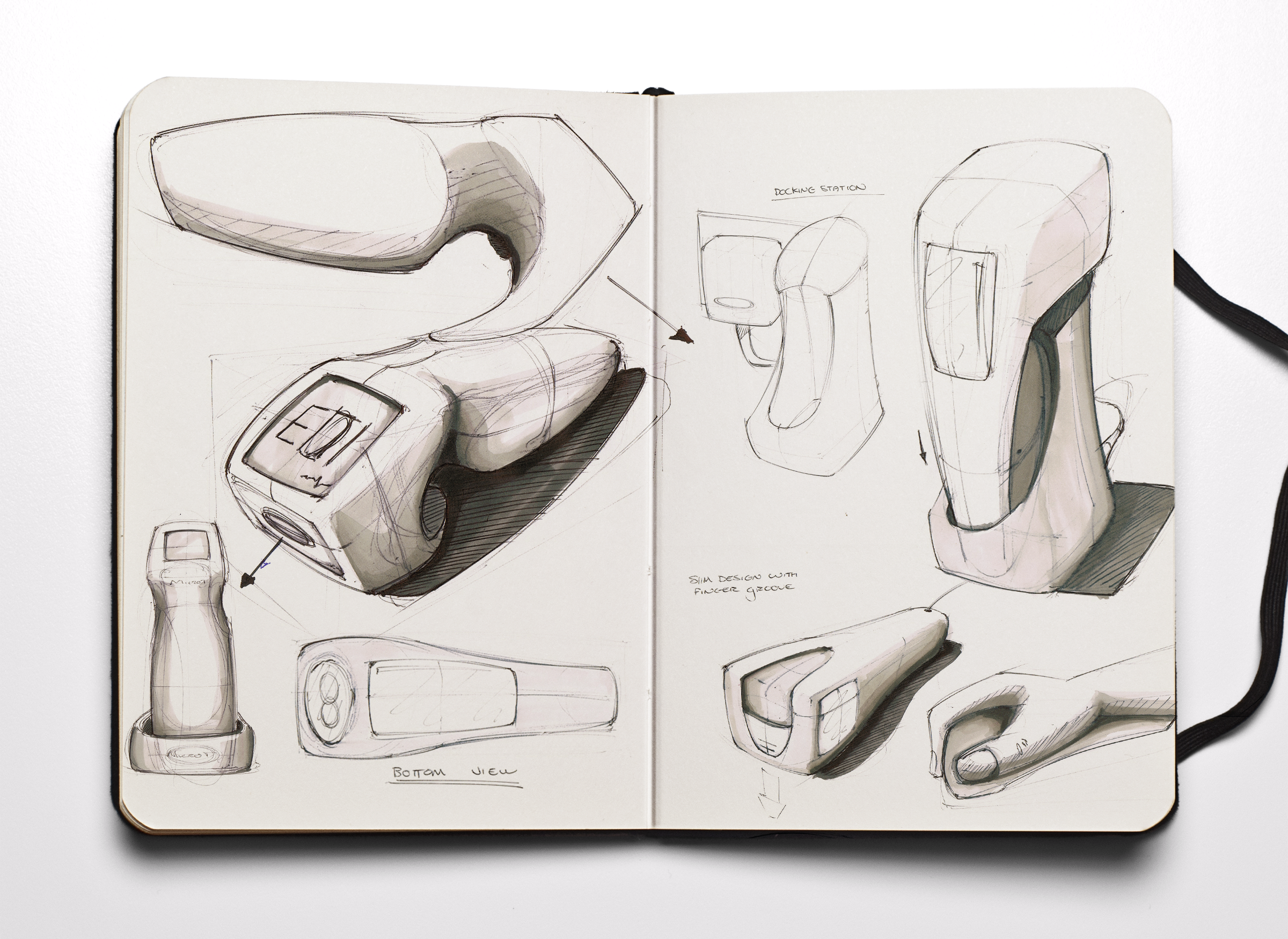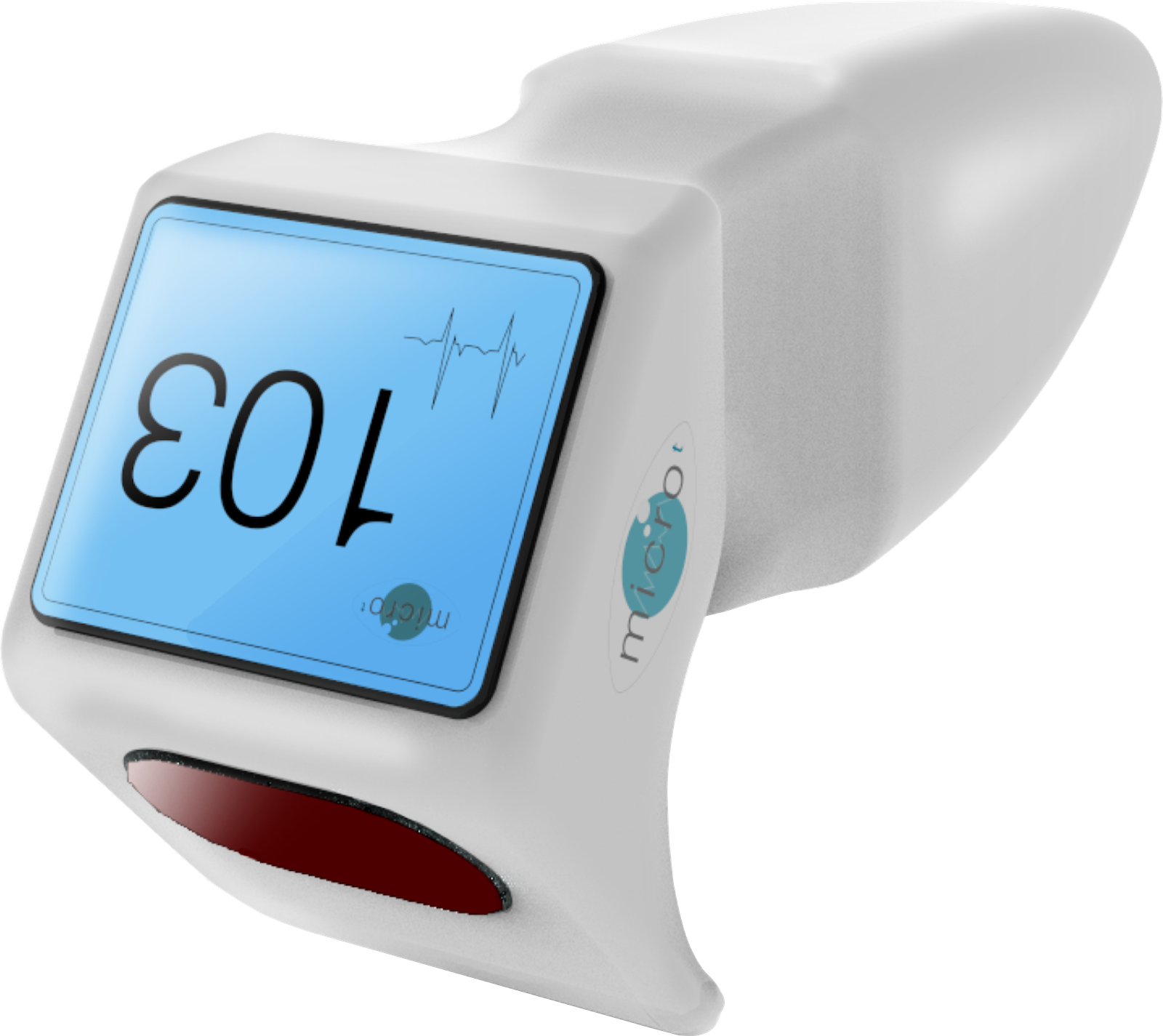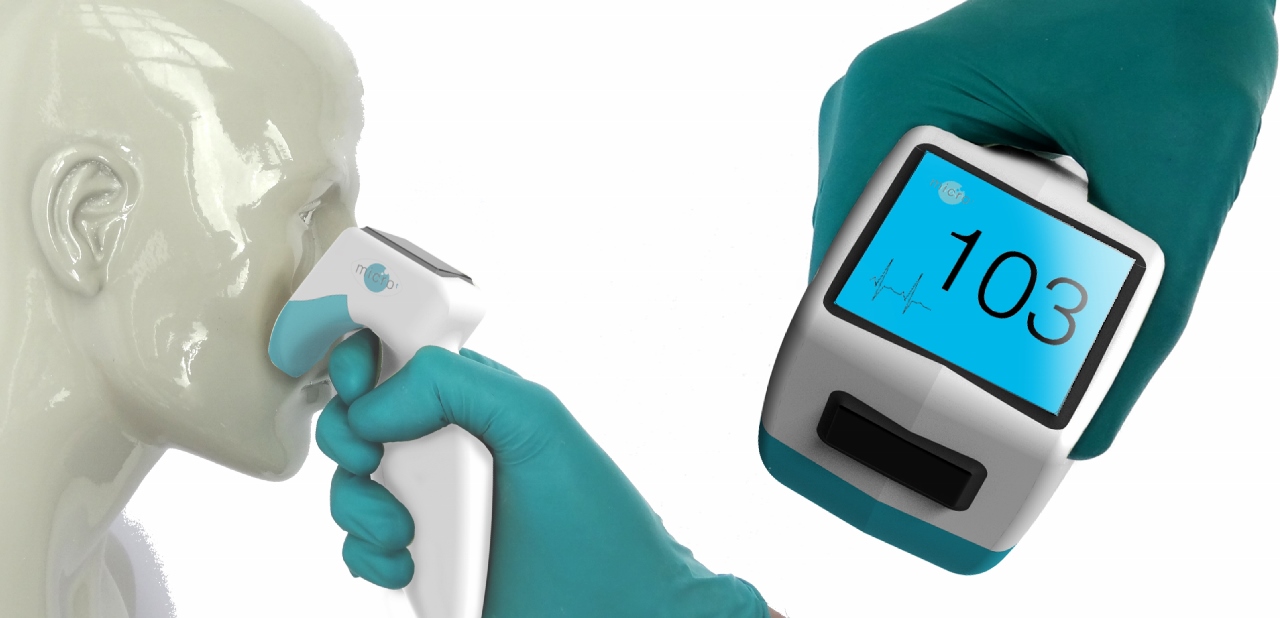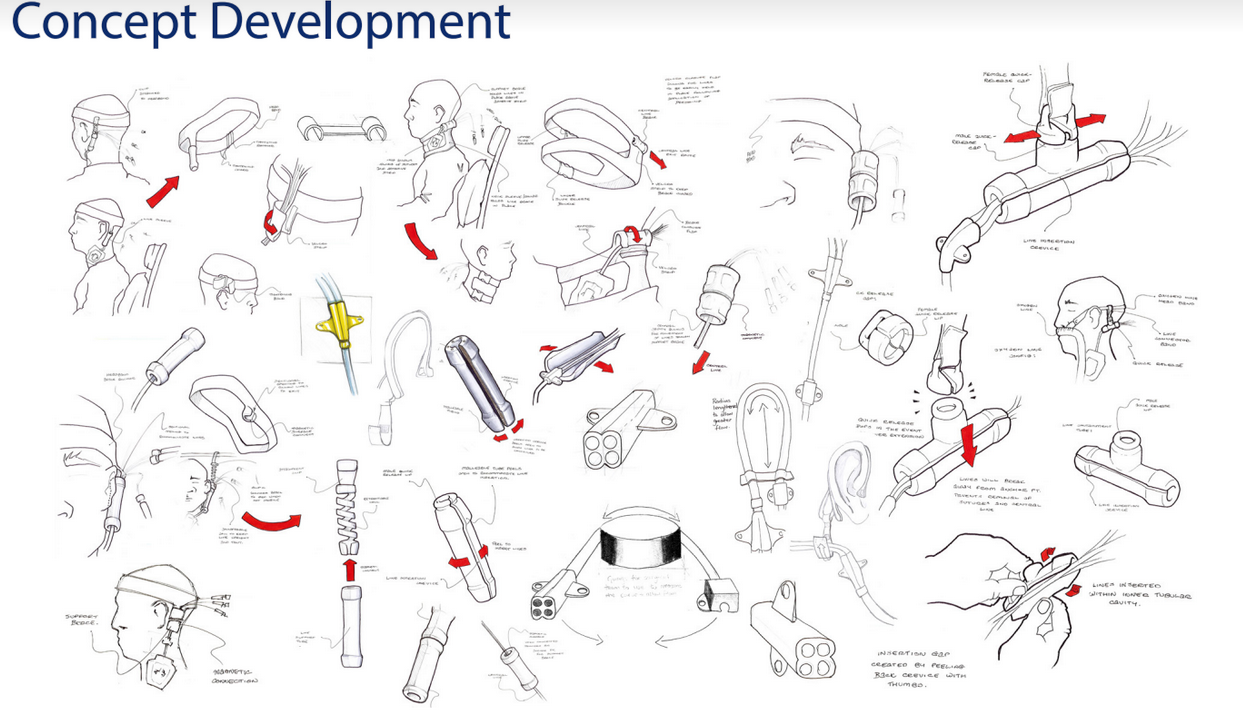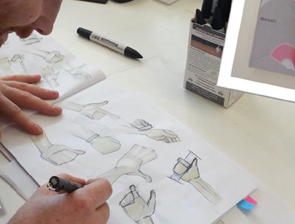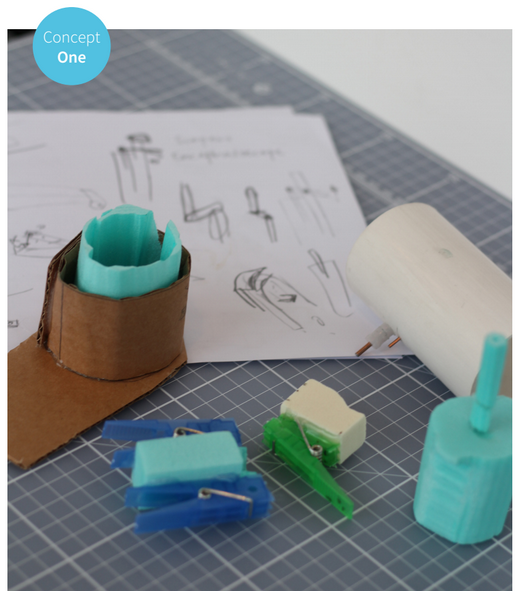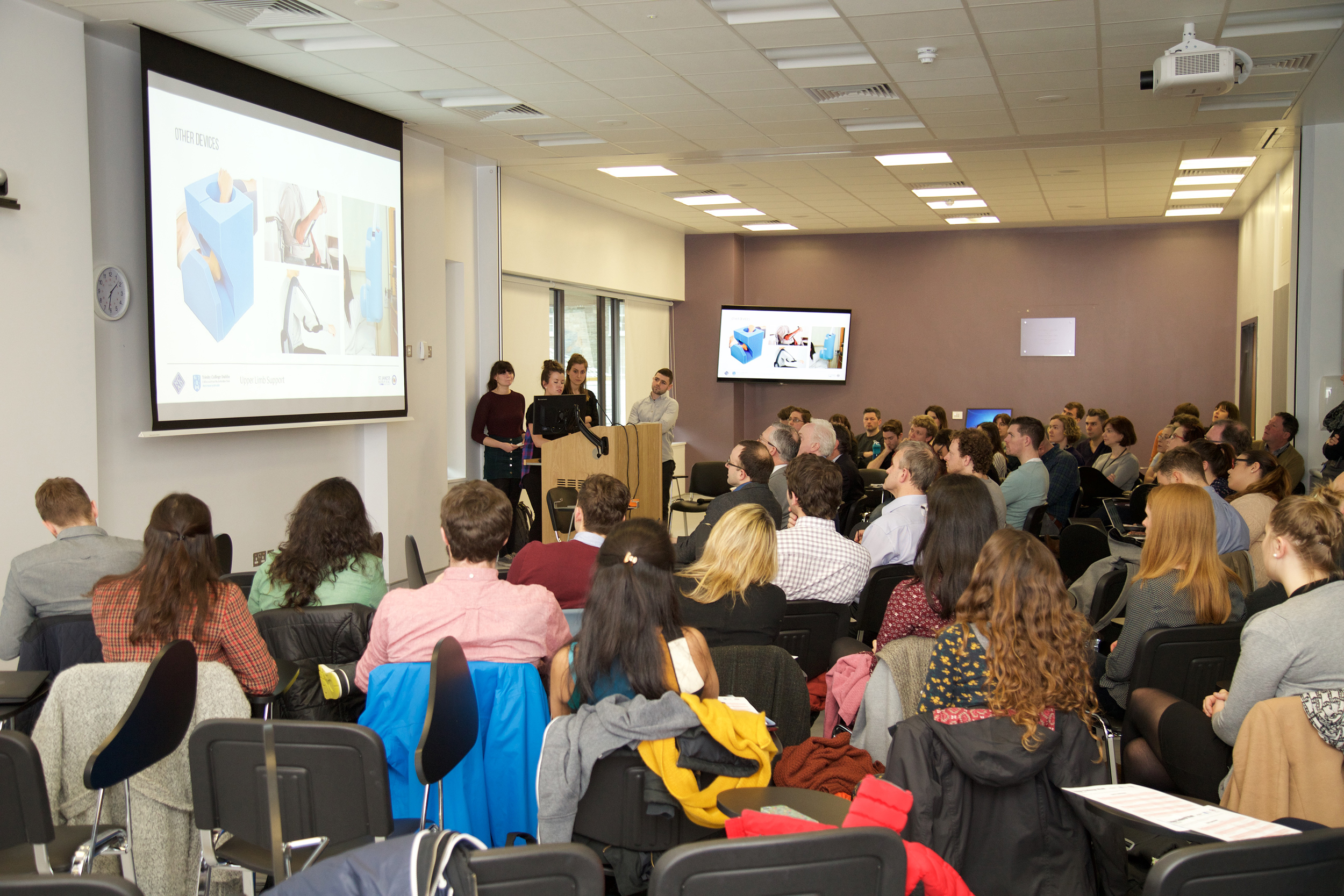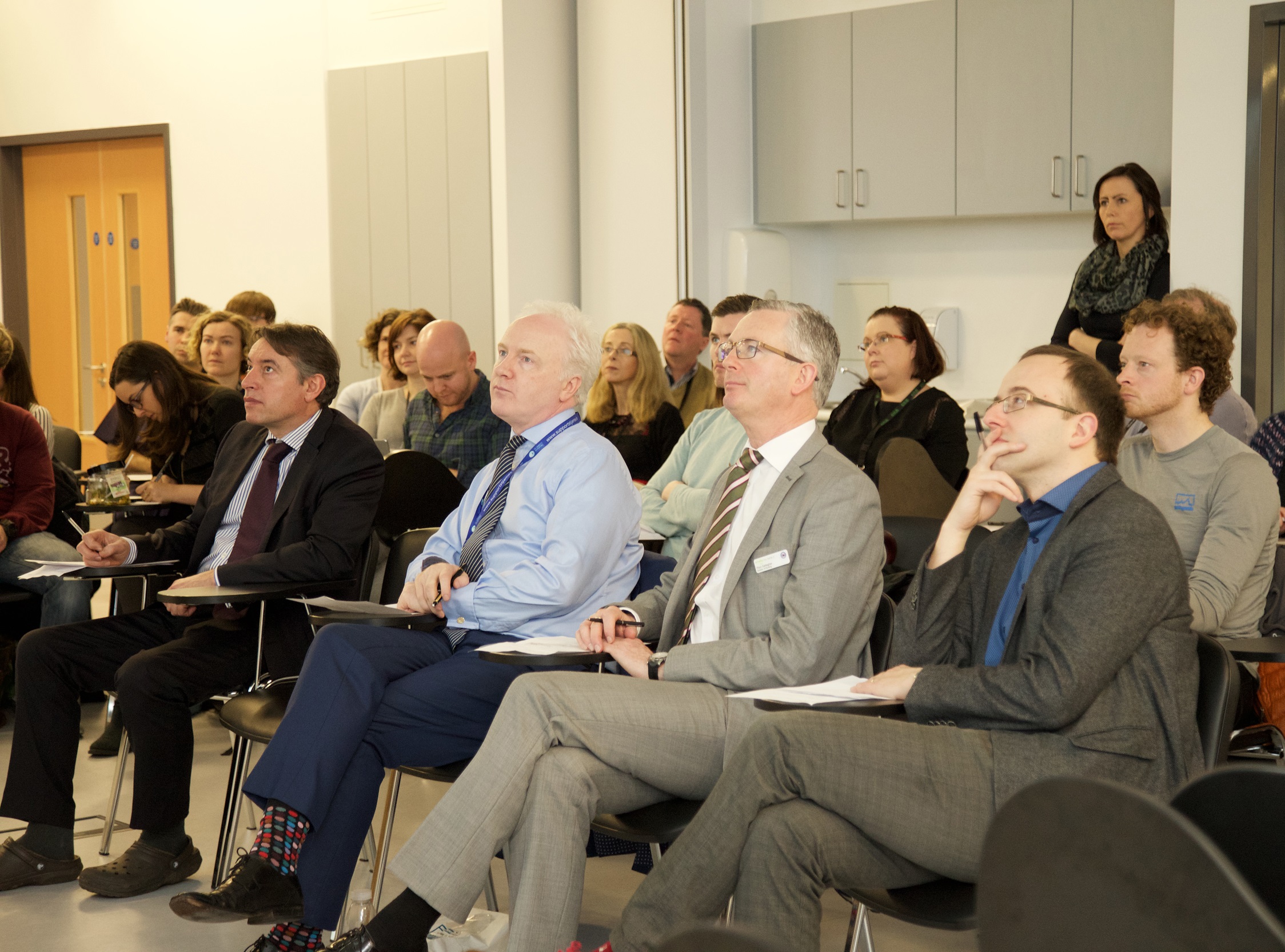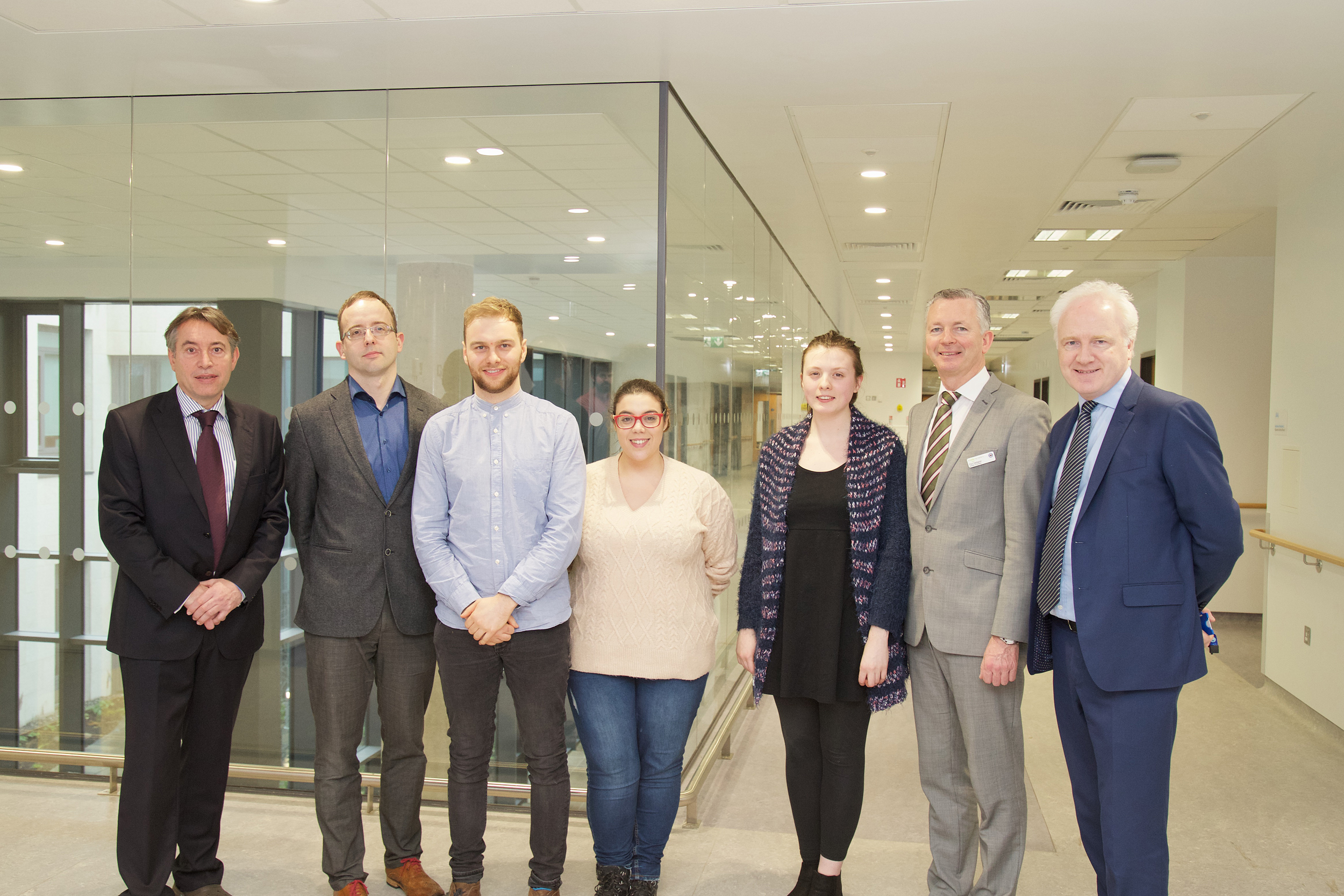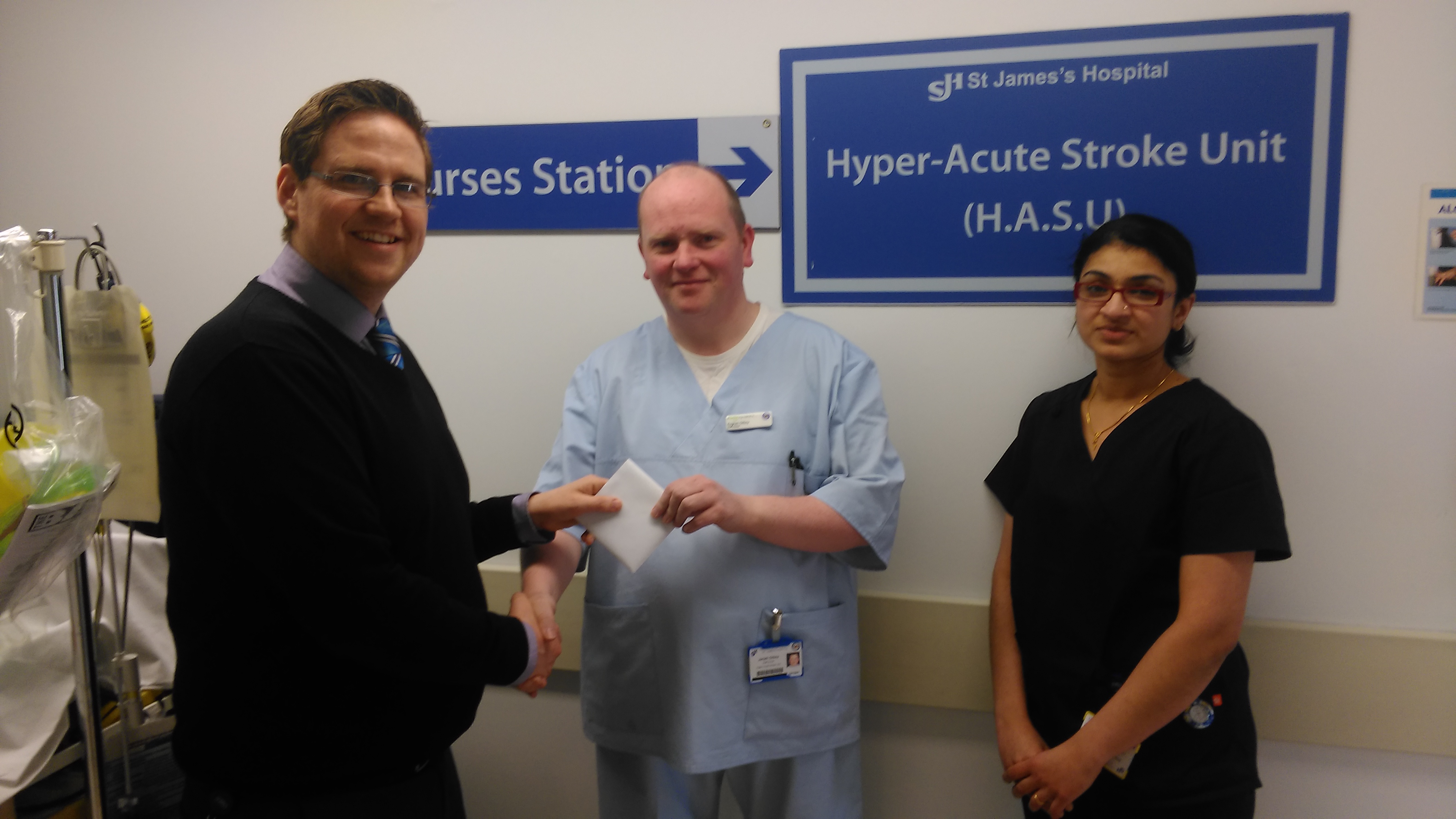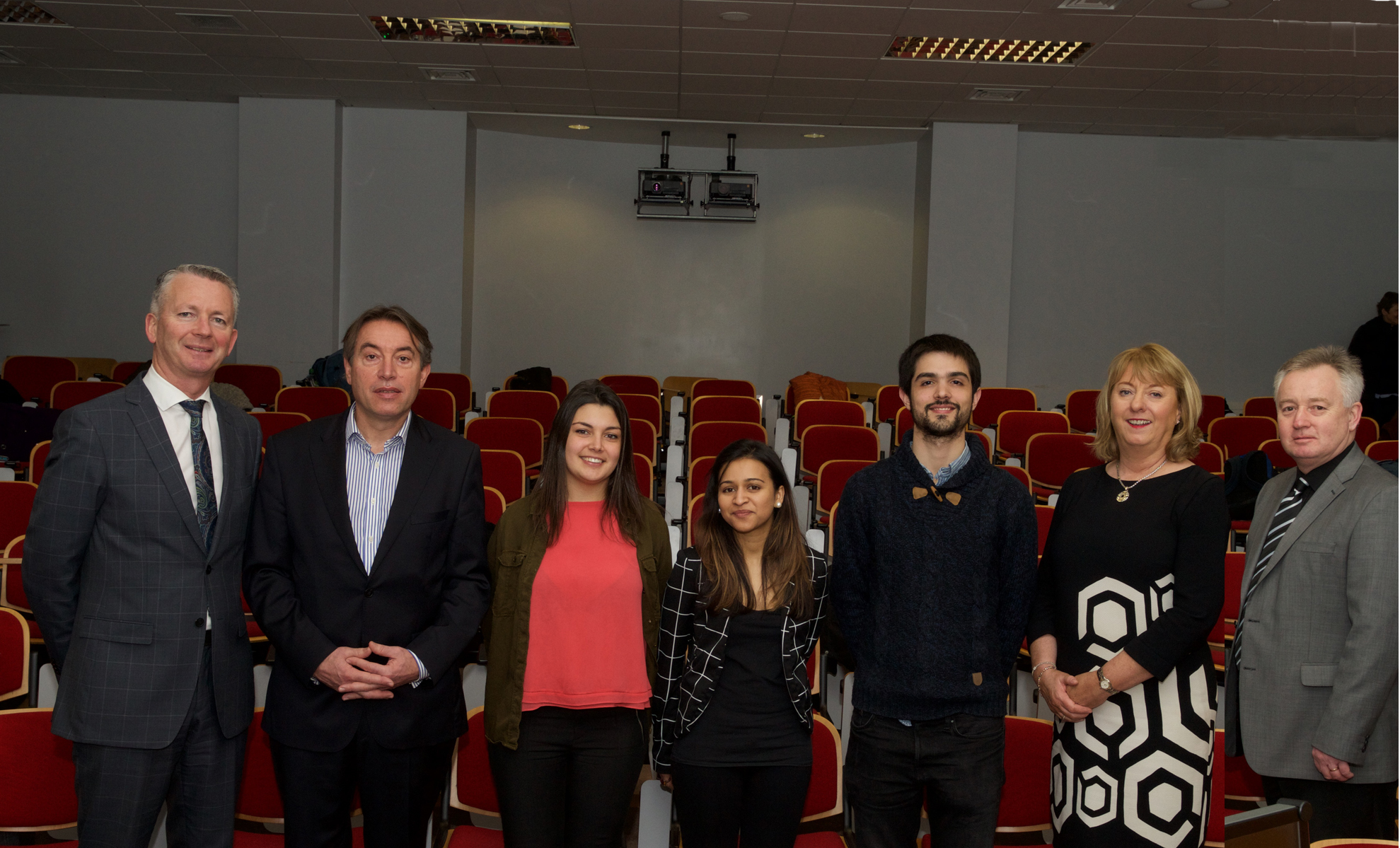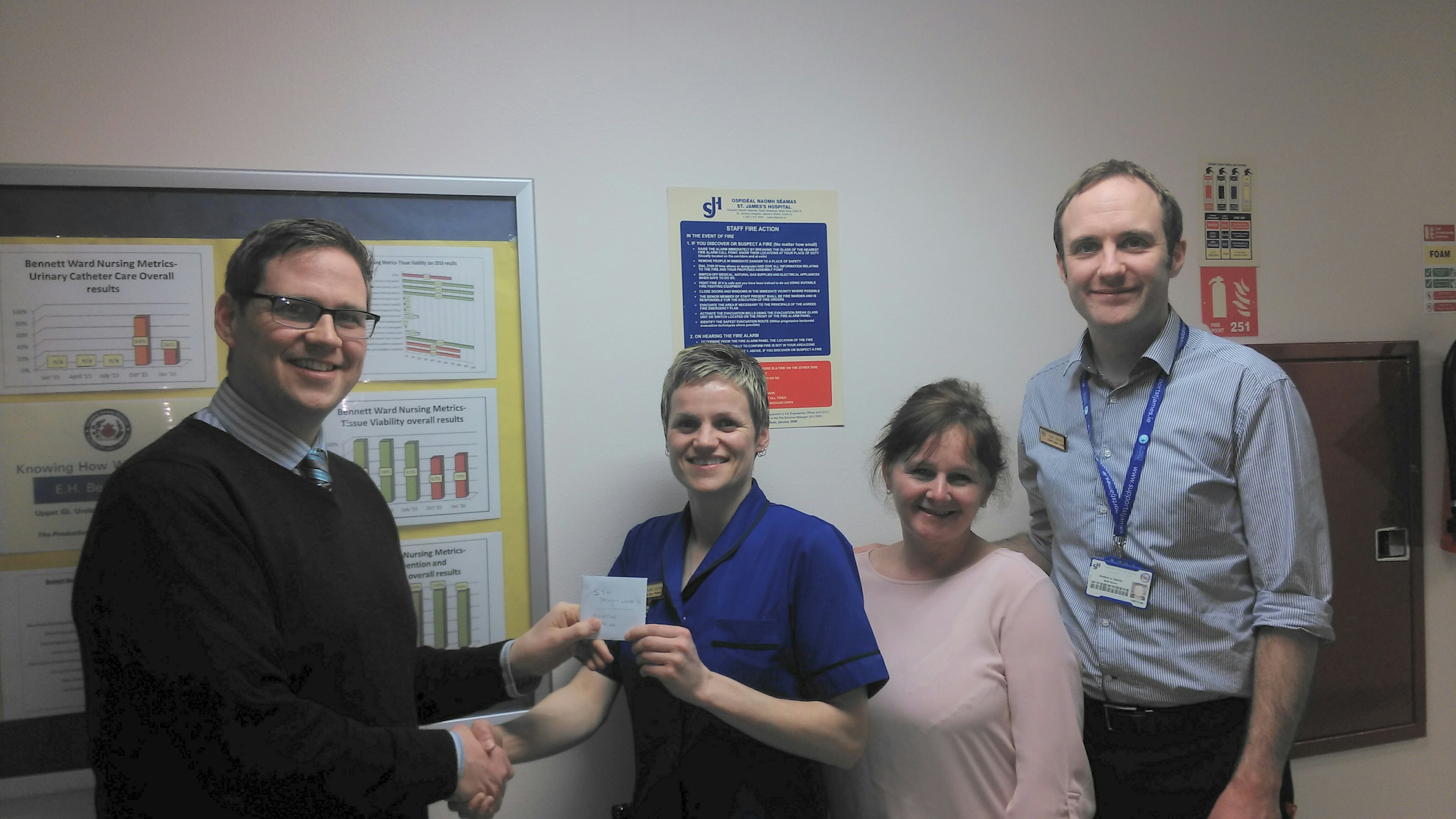Fundamentally, the Biomedical Engineering Lab at MISA is about improving services, outcomes and experiences for patients through the application of technology. That is why we try to encourage innovation through our activities and collaborations, whether by nurturing an early stage idea for a new device, by promoting design thinking in healthcare, by maximising the practical impact of engineering research outputs or by supporting clinical staff on technical aspects of new approaches to healthcare.
3D
The MISA Biomedical Engineering Lab is equipped with a 3D printer to facilitate in-house rapid prototyping of design concepts.3D printing has become an indispensable part of our innovation pathway, helping to communicate ideas, test concepts and manufacture prototypes.
LAMP
The LAMP (Local Asset Mapping Project) at MISA is based on the concept of ‘social prescribing’. In social prescribing, a prescriber issues a patient with a prescription of local non-medical activities and organisations that may be of benefit to the patient’s health and wellness. Items on the prescription could range from walking clubs to support groups to social events. The prescription objectives could be, for example, to assist the patient in improving levels of physical activity, to help reduce social isolation or to improve diet.
The Biomedical Engineering Lab at MISA developed the web portal used for LAMP social prescribing. The core of the portal is a database of over 6000 items in the south central Dublin region. The portal’s user interface allows a prescriber to identify items close to a patient’s home address, and to filter items suitable for that patient for inclusion on a bespoke social prescription.
App & Web Tools

Apps or web portals can be useful in translating research data or other data into practical, useful tools for clinical applications. The Biomedical Engineering Lab at MISA can support this process by developing user friendly prototypes of apps and web interfaces. The creation of even early stage functional prototypes helps move an idea from concept to reality.
OMT
Research on the tiny eye movements known as Ocular Microtremor (or OMT) and their clinical importance was pioneered in St. James’s hospital and spans several decades. Despite being too small to feel or see, OMT is thought to hold an immense potential in quantifying brain activity. Potential clinical applications of OMT range from assessing mild Traumatic Brain Injury (mTBI) to determining brainstem death.
Much of the published research data on OMT was generated using an eye-contacting measurement probe originally developed at St. James’s. Continuing this tradition of device innovation, the MISA Biomedical Engineering Lab is now developing a contactless probe that will allow for the widespread adoption of OMT as a clinical tool. This work is supported by the Enterprise Ireland commercialisation funding programme (http://www.enterprise-ireland.com).
SJH Design Week
SJH Design Week is an annual event hosted by the Biomedical Engineering Lab to support St. James’s Hospital staff in solving problems through design. Leading up to Design Week, staff are invited to submit ideas to improve delivery of care, with a focus on better design. Ideas submitted have included, for example, concepts for improving medical equipment, ‘gadgets’ for assisting in clinical procedures and improvements to processes and facilities. Design and engineering students from the National College of Art and Design (NCAD) and Trinity College Dublin (TCD) are then paired with staff to work on the shortlisted ideas over Design Week. Design concepts are developed over the week and then presented to an open audience at the hospital, with an overall winner determined by a judging panel. A number of concepts are taken forward after the week with the aim of developing them further towards a final product.
Novel Blood Pressure Measurement Device
Continuous beat-to-beat blood pressure measurement is critical in assessment of age related disorders such as syncope, falls, brain ageing and is critical in the assessment of fast transient changes of blood pressure. However current technologies are expensive, and require significant expertise to operate and interpret and therefore only suited to specialist centres such as MISA.
Our current focus is on developing next generation continuous blood pressure measurement technologies that are cost effective, and user friendly and therefore suitable for broader community adoption.
As part of a new MISA collaborative project between DIT (Product Design and Schools of Electronic and Electrical Engineering) and MPBE initiated in September 2016 we welcomed 2 FYP students from DIT (Karl Martin/Aysha Shah). Both students worked on separate components i.e. product design and electronic engineering perspectives of this project and were co-supervised by Dr. Colm O Kane (DIT), Dr. Ted Burke (DIT), and Dr. Ciarán Finucane (MISA).
One of these projects, Karl Martin’s “Cord” is a non-invasive blood pressure device designed to identify cardiovascular causes of falls and blackouts in the elderly outside of specialist clinics. Cord helps identify patient issue more quickly, meaning preventative plans can be initiated faster, thus reducing the incidences of falls.
The MPBE team in MISA also welcomed Laura Perez Denia to the team in November 2016 as part of her MSc thesis in Bioengineering at TCD under the supervision of Dr. Ciarán Finucane. Laura focussed on a novel system to assess neurocardiovascular instability in young and older adults that is cheaper and more convenient for wider clinical and community use than current technologies based on a novel dynamic oscillometric technology.
Technology for Falls Prevention
One of the challenges older people face as they age is mobility decline. As we age, muscle tone tends to reduce as well as other factors that impinge on our ability to walk successfully. One out of three adults over 65 experience at least one fall every year. Falls are one of the most common reasons for older people’s admission to the hospital, and falls are a common cause of death for this cohort. With this issue some patients who attend hospital (particularly Medicine for the Elderly) are at risk of falling and so the MISA Biomedical Engineering Lab are developing new technologies to help assist the multifactorial effort towards falls prevention. A number of students have worked on various elements of the project including user-interface design by Stephen Tyrell from NCAD (2014); to developing electronic sensors and systems: Liam Phelan (DCU, 2015); Brian Hughes (TCD, 2015); and Ronan McKevitt (DCU, 2017).


